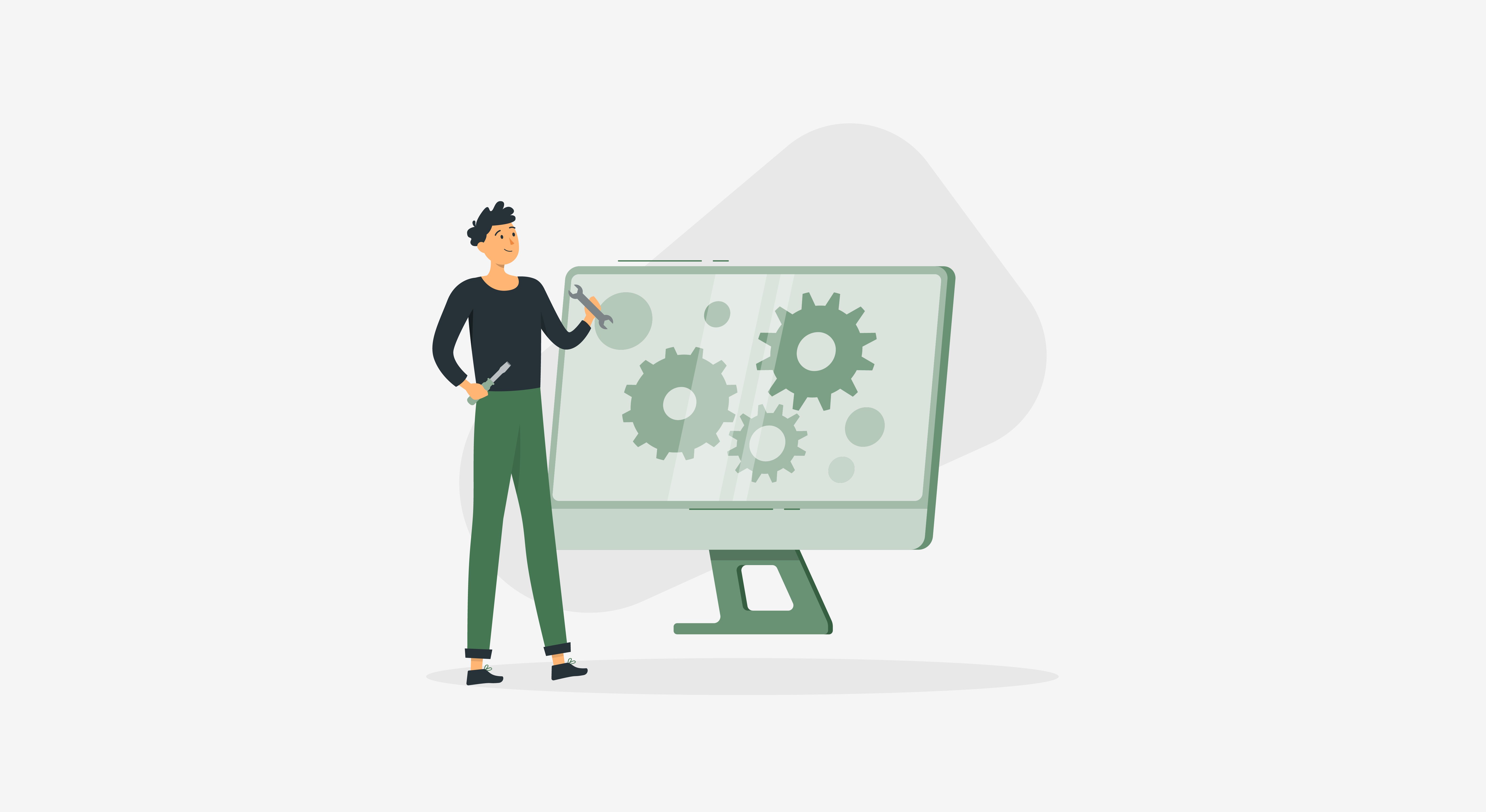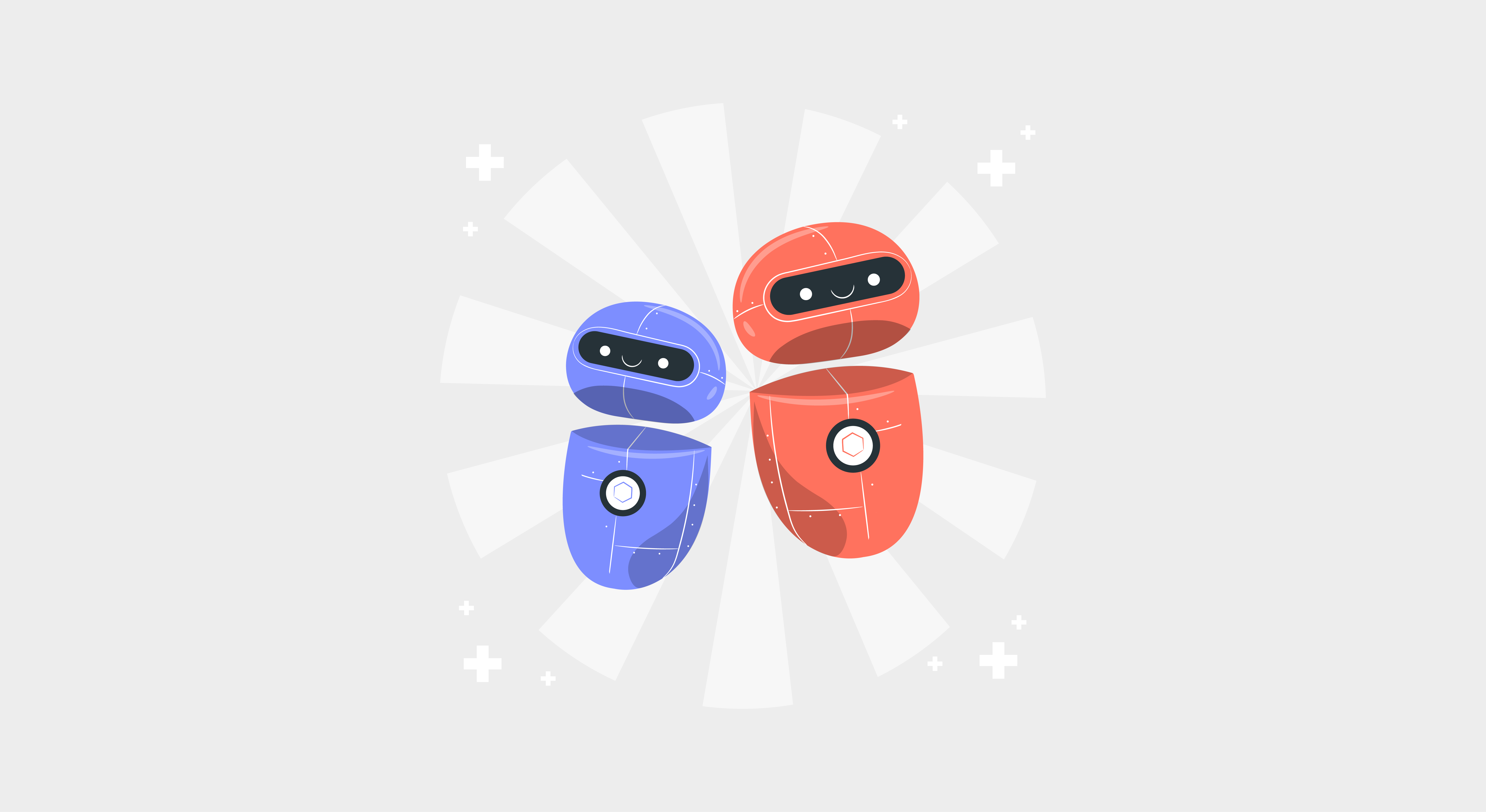In competitive business environments, companies are known to go the extra mile to provide customers with the best support. Conversational UIs like chatbots and live chat widgets are popular messaging channels and with good reason. They can facilitate personalized and quick solutions and can also move customers across the sales funnel much faster.
Chatbots and live chat solutions both aid in bettering a company’s customer support efforts but have their individual pros and cons. Choosing the right solution for your business will require a deep understanding and evaluation of the two.
How are chatbots different from live chat?

While live chat has been around for a significant amount of time, chatbots are fairly new and are referred to as the next generation of intelligence. There are a few significant differences between chatbots and live chat software that one must consider before they make a choice between the two.
Faster Resolution Time
Longer wait times for responses are probably the main reason for a customer to leave your website. While chatbots have a negligible response time, on live chats a customer needs to wait for an agent to respond with an appropriate answer. It may seem obvious to assume that chatbots complete tasks at a much faster pace, but that’s not true. Yes, they do reply instantaneously, but is it enough to measure just the first response time?
An example of when first response time falls short as a metric is when a customer encounters a rule-based bot that doesn’t list the customer issue as an option. This would take more time to solve than what a real agent would have taken if the conversation took place on live chat. Hence, it is vital that you compare resolution time alongside the response time. Moreover, artificial intelligence chatbots take time to learn different semantics.
24×7 Availability
If your business is not online round the clock, you are likely to lose customers. Unlike live chat, a chatbot is easily scalable with the use of automation. It is available to resolve customer queries 24×7, 365 days a week with quick answers. This makes it possible to handle huge volumes of requests and common questions without delay and makes your customers feel valued.
Effective Problem-Solving Skills
An important KPI to consider is how efficiently your solution reduces the number of tickets and escalations being generated. Chatbots are machines. They don’t panic, nor do they get stressed. In fact, they are adept at multitasking. But on the flip side, they rarely have the functionality to read intent and emotions and can answer only simple and specific questions.
Read more: “10 Live Chat Etiquette Rules For Exceptional Customer Service”
If your customers usually approach you with repeated questions, chatbots are the way to go. If there is high traffic of unique and complex questions, using a chatbot in tandem with live chat support, that uses a real person, might be the better solution. This is a great option for customers looking for a detailed explanation for a complex query.
Lower Long-Term Costs
Researchers predict that by 2025, more than 90% of the B2C interactions will be accomplished by chatbots. Chatbots have a one-time installation cost and are claimed to cut operational costs for businesses by more than $8 billion per year.
Live chat agents need to be paid salaries that can often compound large expenses, depending on your company size and visitor numbers. The cost of installing a bot might vary based on the types of bots used for different use-cases. But the bottom line is that chatbots are more cost-effective and can save you money and other resources if implemented effectively.
Leaner Training Time
Bots need extensive training to understand the natural language of the customer. Every human interaction is a new learning experience for an AI-powered chatbot. We should also be prepared for the bots to fail in the beginning and ensure that we minimize the damage. However, once trained, AI bots can store and retrieve huge volumes of information compared to humans.
In the live chat scenario, we have to train real humans. Training chat support agents about live chat etiquette and product knowledge is sufficient to help them effectively answer questions, thereby reducing training time.
Higher Engagement Rate
Chatbots provide an interactive chat experience to customers, which surprises them, delights them, and thus proves to be better at customer engagement. A report by Gartner says that interest in chatbots increased by 160% in 2018. Chatbots can also seamlessly initiate proactive conversations, an area where a human agent has limitations.
While compared to email and pre-recorded phone conversations, live chat has a good engagement rate because of its human touch. However, live chat misses the wow factor which excites you while interacting with a chatbot.
Chatbot vs. Live chat: Choose wisely
Both live chat and chatbots substantially improve your business’s customer experience. They can give your website visitors apt, fast, and useful information and give you ample opportunity to create a personalized workflow.
Chatbots and live chat solutions both aid in bettering a company’s customer support efforts but have their individual pros and cons.
Understanding the capabilities and drawbacks of each of these options is a vital step in choosing the best option for your business. For some customers adopting a combination of chatbot and live chat gives advantages. Using chatbot can tackle repetitive questions and FAQs with instant responses in real-time, while the human support agents can solve complex issues that require human interaction. Implementing such a hybrid approach can help you benefit from the pros of each while mitigating the drawbacks, giving the best possible customer satisfaction rates.
For more information on AI Chatbots, check out our free guide and see how we can help you get started with chatbots or live chat software for your business.








